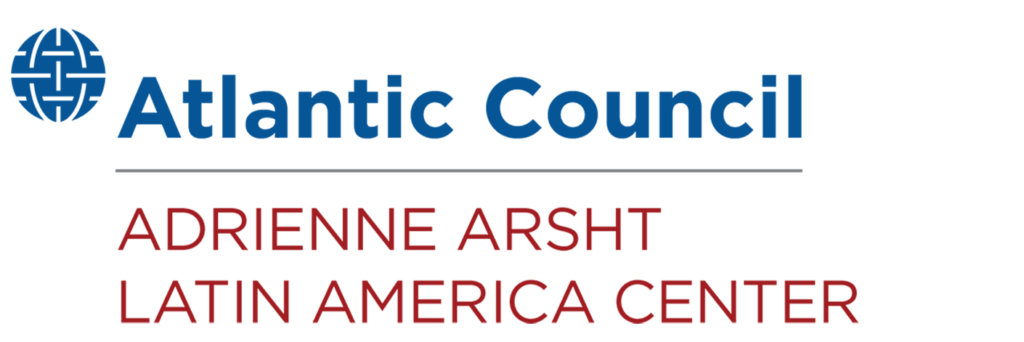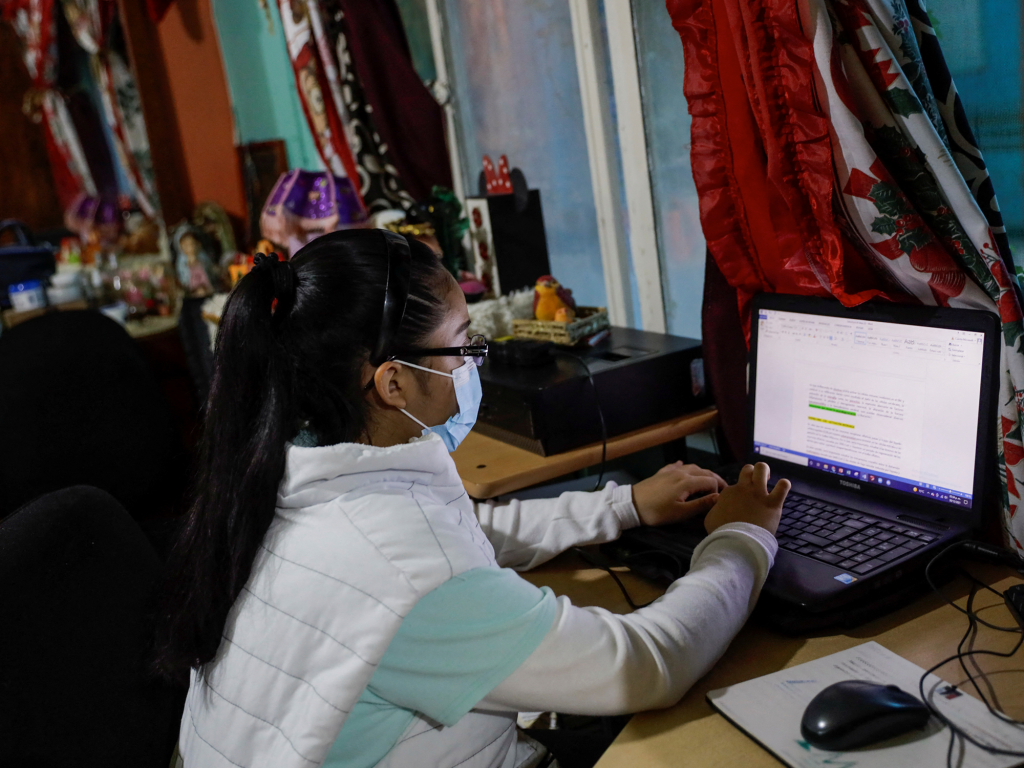Addressing multidimensional inequality
This is the 4th installment of the Unlocking Economic Development in Latin America and the Caribbean report, which explores five vital opportunities for the private sector to drive socioeconomic progress in LAC, with sixteen corresponding recommendations private firms can consider as they take steps to support the region.
How does the private sector perceive Latin America and the Caribbean (LAC)? What opportunities do firms find most exciting? And what precisely can companies do to seize on these opportunities and support the region’s journey toward recovery and sustainable development? To answer these questions, the Atlantic Council collaborated with the Inter-American Development Bank (IDB) to glean insights from its robust network of private-sector partners. Through surveys and in-depth interviews, this report identified five vital opportunities for the private sector to drive socioeconomic progress in LAC, with sixteen corresponding recommendations private firms can consider as they take steps to support the region.
Addressing multidimensional inequality
A fourth private-sector-led opportunity for accelerating socioeconomic development in LAC is tackling one of the region’s most long-standing issues: inequality. Inequality in LAC is multidimensional in that it affects a wide range of issues and population groups based on gender (recommendation 1 below), geography (recommendation 3 below), socioeconomic status, occupational sector, age, ethnicity, digital access, healthcare, and other factors.1Pepe Zhang and Peter Engelke, 2025 Post-Covid Scenarios: Latin America and the Caribbean, Atlantic Council, April 21, 2021, https://www.atlanticcouncil.org/in-depth-researchreports/2025-post-covid-scenarios-latin-america-and-the-caribbean. Tackling these multidimensional and often interrelated inequalities can improve economic wellbeing. For example, evidence suggests that reducing gender inequality alone—in terms of lifetime earnings losses—could boost regional GDP by at least 8 percent.2Quentin Wodon and Benedicte de la Briere, “The Cost of Gender Inequality: Unrealized Potential: The High Cost of Gender Inequality in Earnings,” Canada, Children’s Investment Fund Foundation, Global Partnership for Education, and World Bank Group, May 2018, 2, “Human capital measured as the present value of the future earnings of the labor force,” https://openknowledge.worldbank.org/bitstream/handle/10986/29865/126579-Public-on-5-30-18-WorldBank-GenderInequality-Brief-v13.pdf?sequence=1&isAllowed=y. Since these and other inequalities are often interconnected, mitigating them will often require a holistic approach.
Recommendations for the private sector
Tapping into the financing, expertise, and technological capabilities of private firms will be crucial to mitigating multidimensional inequality in LAC. Practical training, mentoring, capacity building, supply-chain integration, and other programs help bring new talent into the region’s workforce, expand business operations, and increase productivity in LAC. This will particularly benefit underprivileged groups such as women, SMEs, and rural populations, making LAC’s growth more inclusive and resilient against future shocks.
- Addressing gender-based inequality: Companies must empower female professional advancements, e.g., by addressing constraints arising from caregiving and unpaid domestic work, or by providing skills, entrepreneurial, or other training for women.
- Empowering SMEs: Larger firms can shore up SME competitiveness by facilitating access to financing, supply-chain integration, and capability-building opportunities.
- Tackling place-based inequality: Public-private collaboration and investment can make rural areas more accessible to basic services (like water and Internet) and more economically productive, thus reducing the rural-urban divide.
- Preparing for shocks: Employer-led relief initiatives not only serve to cushion the impact of financial, climate, and other shocks on the lives and livelihoods of employees, but fortify societal cohesion and broader economic resilience.
About the author
Related content

The Adrienne Arsht Latin America Center broadens understanding of regional transformations and delivers constructive, results-oriented solutions to inform how the public and private sectors can advance hemispheric prosperity.
Image: A girl looks from the window of her family's house in Buenos Aires, Argentina December 15, 2020. Photo via REUTERS/Agustin Marcarian.





